Water Availability Controls on Above-Belowground Productivity Partitioning: Herbivory versus Plant Response
Net primary productivity is the sum of aboveground net primary production (ANPP: leaves etc.) and the less frequently studied belowground net primary productivity (BNPP: roots etc.). Understanding of BNPP is a key process in terrestrial ecosystem functioning because in most water-limited ecosystems, BNPP accounts for a larger flow of carbon than ANPP.
The objective of this study is to elucidate the differential effects of temporal and spatial changes in water availability on BNPP and the ecological mechanisms behind those patterns. There is general agreement that precipitation is a major control of ANPP in different ecosystems, however this relationship is less clear for BNPP. Ecological interactions are also likely to play a role in BNPP since plant roots are consumed by animals such as herbivorous nematodes, which are in turn preyed upon by predatory nematodes.
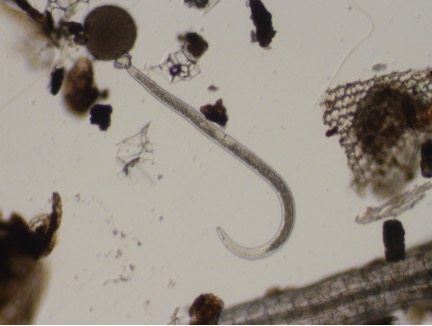
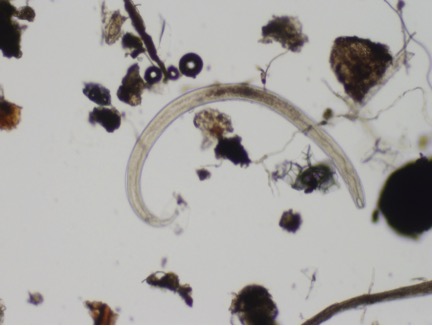
The experiment will be replicated in three different ecosystems across a natural precipitation gradient:
The desert grassland of Jornada,New Mexico,
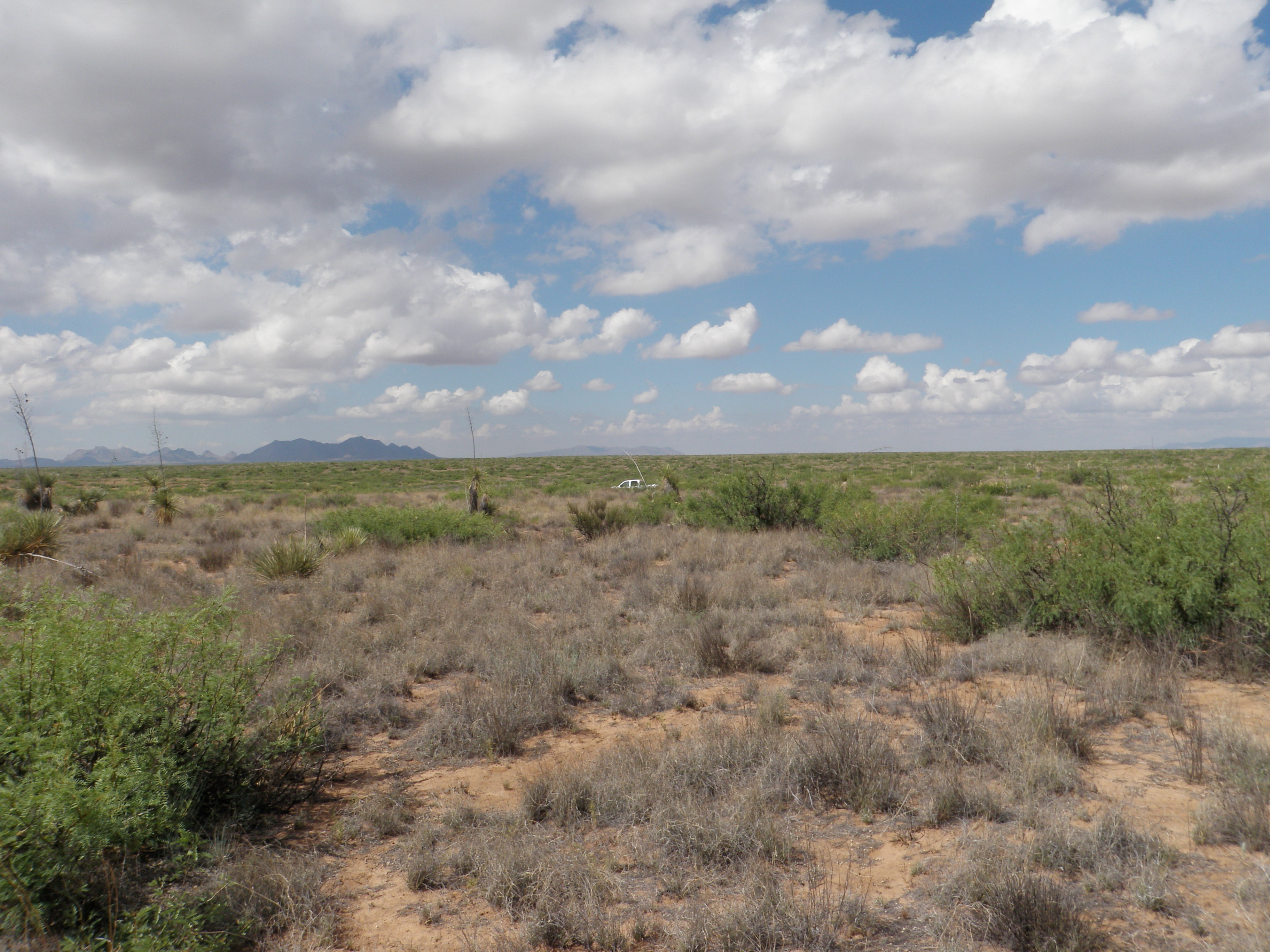
The Shortgrass Steppe, Colorado
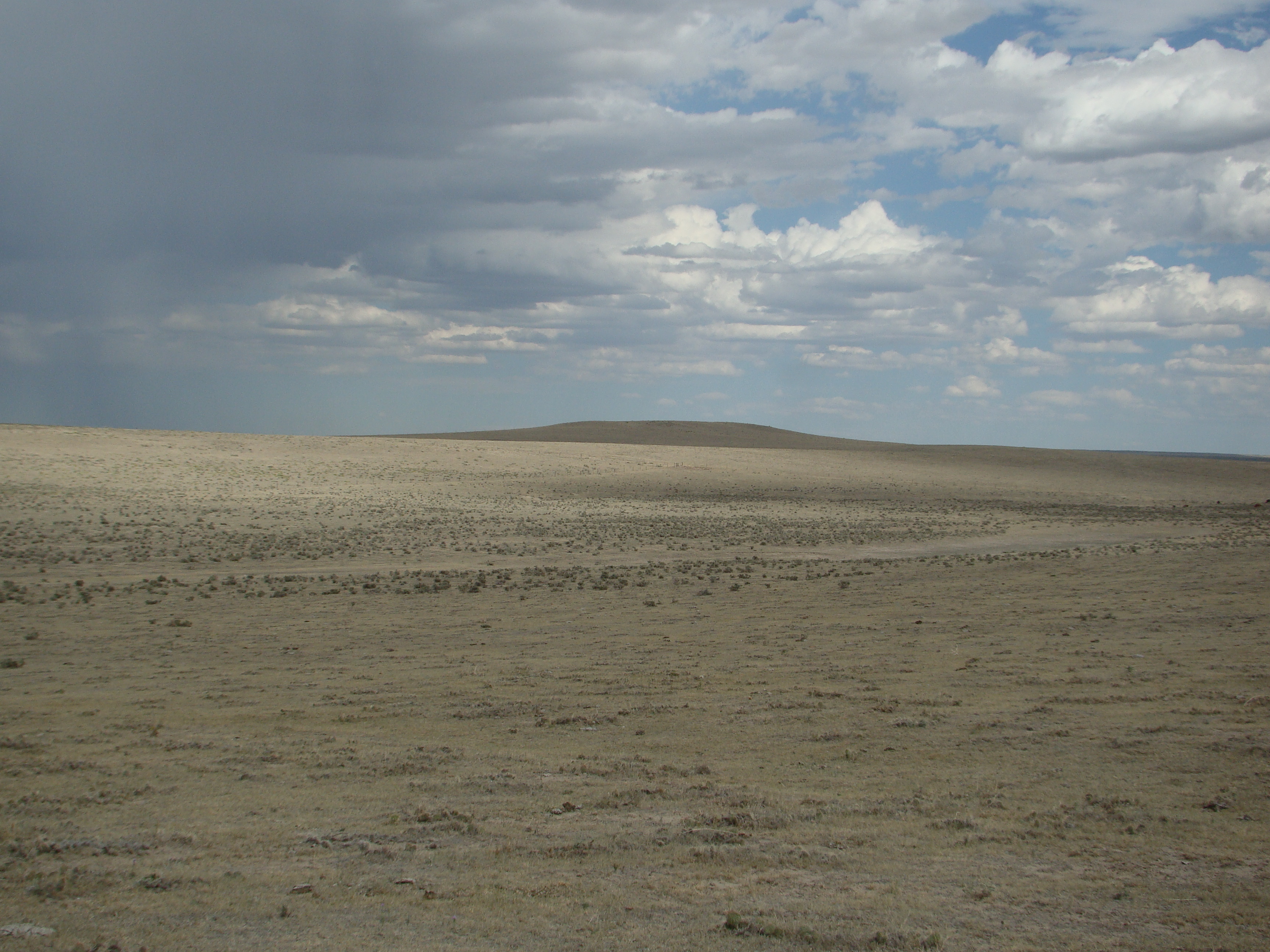
The Tallgrass Prairie,Konza, Kansas.
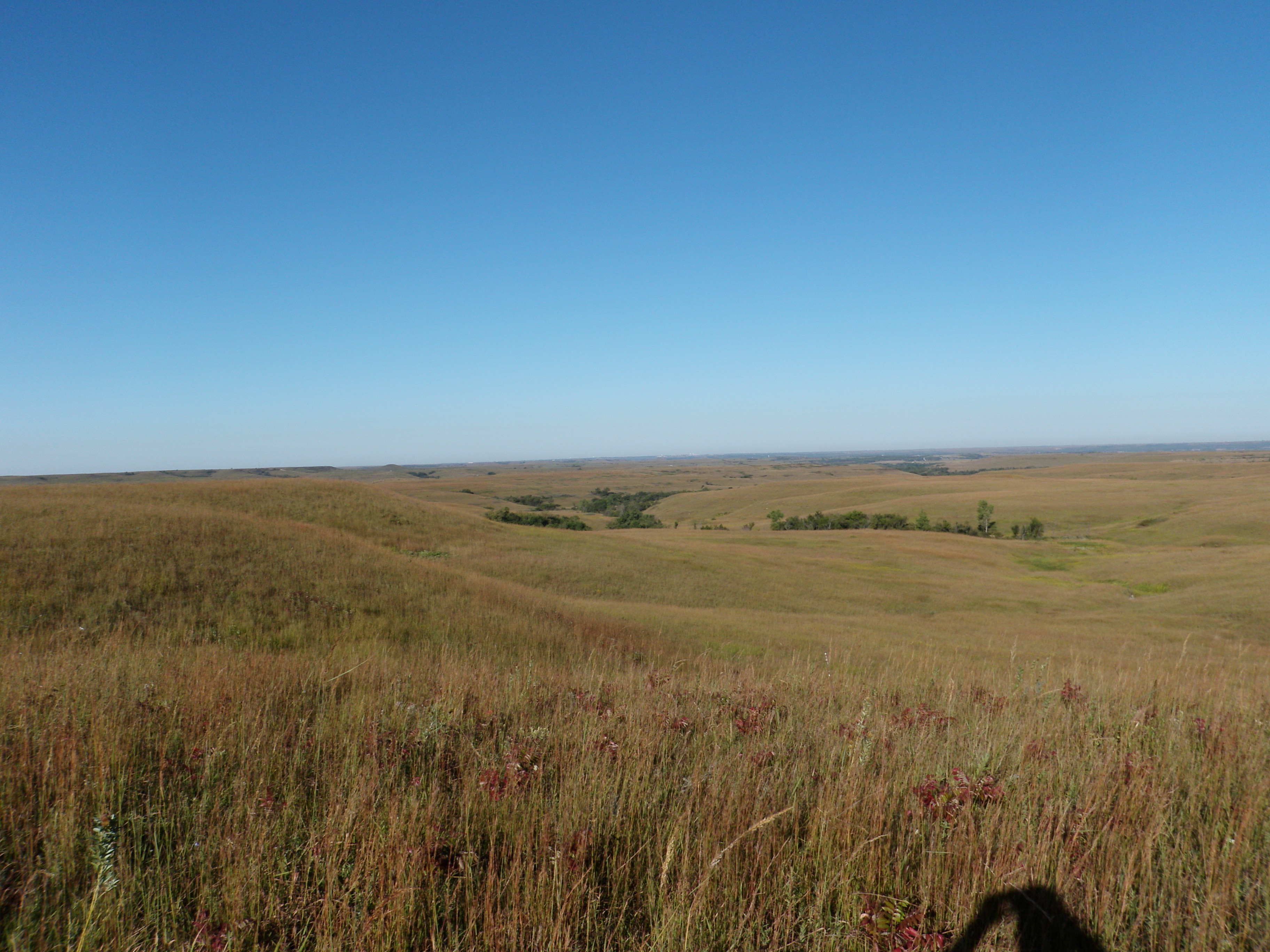
The design will include field and microcosm experiments.
Field experiment – we will manipulate precipitation using five different treatments (0%, ±50%, ±80% relative to ambient).
Microcosm experiment – will be based on soil monoliths, subjected to four soil biota treatments (combinations of herbivorous and predatory nematodes) as well as five water manipulations (see field experiment).
The experiment will be conducted for three years and we are expecting to answer the following questions.
(1) How changes from year to year in water availability at one location affect the fraction of belowground net productivity relative to total production?
(2) How this temporal effect of water availability changes across spatial gradients of water availability from desert to humid grasslands?
(3) What are the mechanisms behind the hypothetical temporal and spatial effects of water on belowground productivity?
The experiment will be conducted as collaboration between the laboratories of Dr. Diana Wall (CSU) and Dr. Osvaldo Sala (ASU). Grant: NSF DEB 1456631. Start date 6/1/15, funded for 3 years.